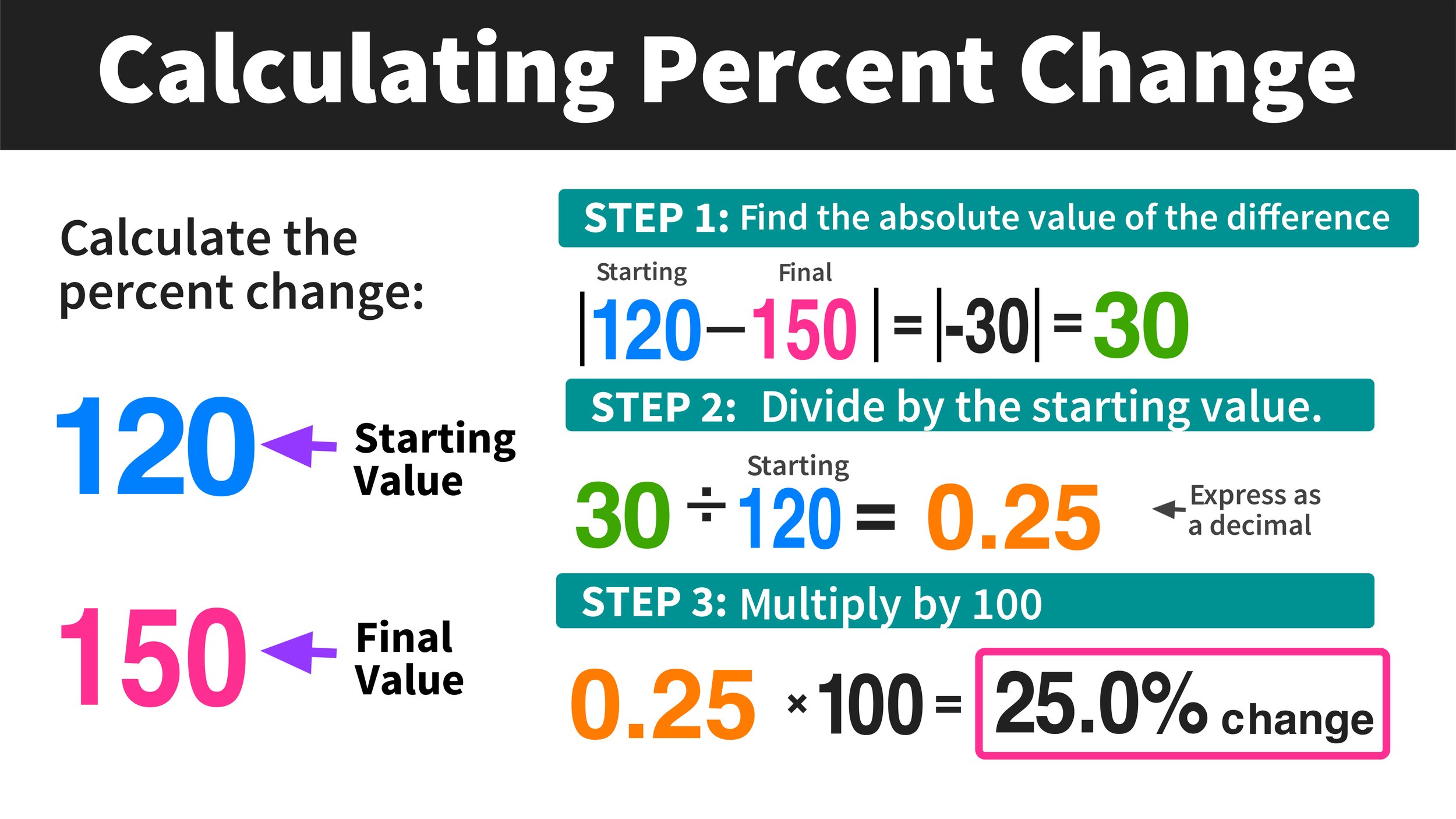Are Timed Math Tests Harmful to Students?
How Timed Math Tests Lead to Math Anxiety and Poor Results
Students with math anxiety are often affected by feelings of tension, apprehension, or fear, which interfere with learning or remembering math facts and skills. (Image: Mashup Math MJ)
Question: Which of these statements best describes an exceptional math student?
She performs computations faster than her classmates.
She has memorized lots of facts, formulas, and procedures.
She scores high grades on exams and works well under pressure.
She understands number relationships and how to solve complex problems.
If you chose one of the first three statements, then your beliefs about the essence of math understanding may be rooted in misconceptions.
People often allow the prevalence of high-stakes exams to frame mathematics education into a practice in rote memorization and uninspired computations.
As a result, many students lose interest in learning math at a young age.
Large populations of students believing that they can't understand mathematics only breeds more misconceptions, such as the idea that only certain individuals are capable of understanding math.
However, we now know that the idea that only certain people are capable of understanding math is a myth. According to a recent report, The Myth of 'I'm Bad at Math', by The Atlantic, math ability can be improved through effort and learning with a growth mindset.
The truth is that, under the right conditions, anyone can develop math skills.
Are timed math tests harmful to students? (Image: Mashup Math FP)
Where Does the "Math Person" Myth Come From?
A large part of the answer lies in how schools use testing.
The demands of high-stakes exams, which often overpower curriculums, can be felt in math classrooms across the country.
According to a recent report on standardized exams by the Washington Post:
The average student in America’s big-city public schools takes some 112 mandatory standardized tests between pre-kindergarten and the end of 12th grade — an average of about eight a year, the study says. That eats up between 20 and 25 hours every school year.
The frequency of testing is only part of the problem.
Teachers are confined by strict curriculum schedules that force the pace of instruction and assessment.
Under these conditions, teachers are forced to give timed tests that emphasize speed and computation over deep mathematical thinking.
Image: Mashup Math MJ
What are the Consequences of Time Pressure?
Our time-bound approach to testing often leads to math anxiety.
Students with math anxiety are affected by feelings of tension, apprehension, or fear, which interfere with learning or remembering math facts and skills.
And, the problem is only becoming worse.
According to a recent study by the University of Chicago, math anxiety has now been documented in children as young as five, and timed tests are a key cause of this weakening, often lifelong condition.
Timed tests elicit such powerful emotions that students believe that being fast with math facts is the heart of the subject.
The misconception that speed and memorization are the keys to understanding math has resulted in high numbers of students dropping out of math and the depressed numbers of women in STEM-based college majors.
The negative impact of math anxiety is holding back crowds of students in the United States, which continues to be outpaced by other countries.
According to a recent report on global math and science rankings by NPR:
In mathematics, 29 nations and other jurisdictions outperformed the United States by a statistically significant margin, up from 23 three years ago.
Math students in the U.S. can't compete with their global counterparts until they are freed from the debilitating effects of math anxiety.
Image: Mashup Math FP
What Does Math Anxiety Do to the Brain?
Stanford researcher and math education expert, Jo Boaler, has shed much-needed light on the consequences of timed testing in her reports on YouCubed.org, a Stanford-funded organization that focuses on, according to their website, transforming the latest research on math learning into accessible and practical forms.
Boaler points to brain science research suggesting that speed and time pressure blocks working memory, which is where math facts are stored in the brain.
When the working memory is blocked, students become unable to retrieve what they already know.
This inability to recall information under pressure is the hallmark of math anxiety.
According to Boaler's Report on Time Pressure Blocking Working Memory:
Conservative estimates suggest that at least a third of students experience extreme stress related to timed tests, and these are not students from any particular achievement group or economic background. When we put students through this anxiety-provoking experience, they distance themselves from mathematics.
If we continue to assess mathematical understanding using timed tests, then we will continue to turn students away and perpetuate misconceptions.
Image: Mashup Math MJ
How Can We Help Our Students?
The best way to learn math facts is through mathematical activities that focus on understanding number relationships.
This authentic understanding is difficult to achieve in a time-bound environment.
Yet, many people believe that mathematics is only about calculating and recalling math facts -- and that the best mathematical thinkers are those who can calculate the quickest.
In truth, skilled mathematicians are often slow with performing math, because they take the time to think carefully and deeply about mathematics.
If we want our students to become powerful thinkers--ones who can make connections, think logically, and solve complex problems--then systemic changes must be made.
You can take action today by removing or, at the very least, reducing timed tests from your classroom and providing ample opportunities for students to engage in deep mathematical thinking.
You can also keep this conversation going.
In your school. In your classroom. And in your home.
Math education is evolving and the movement towards removing timed testing is building momentum, but it will take a group effort to make real change.











































































